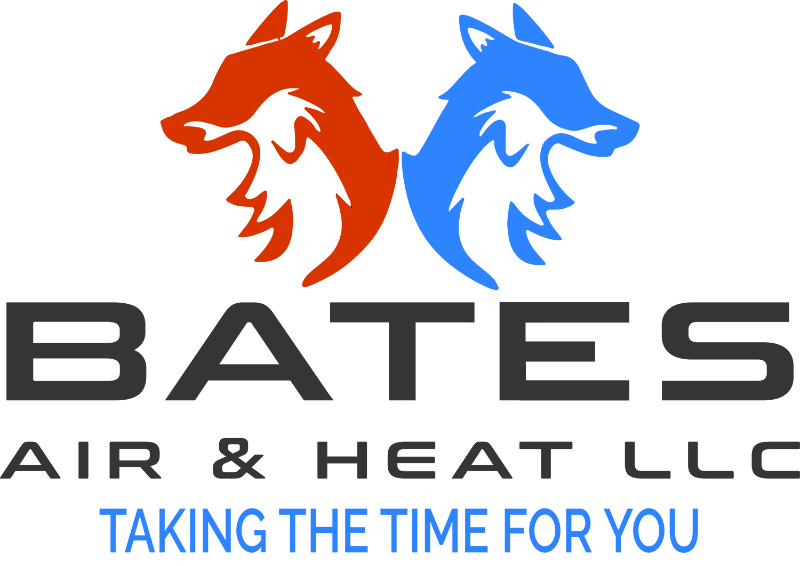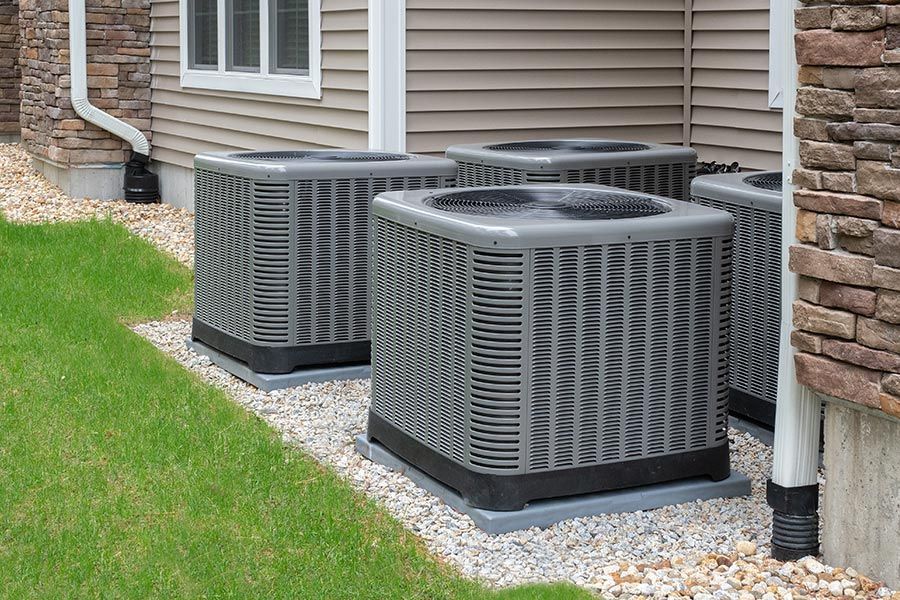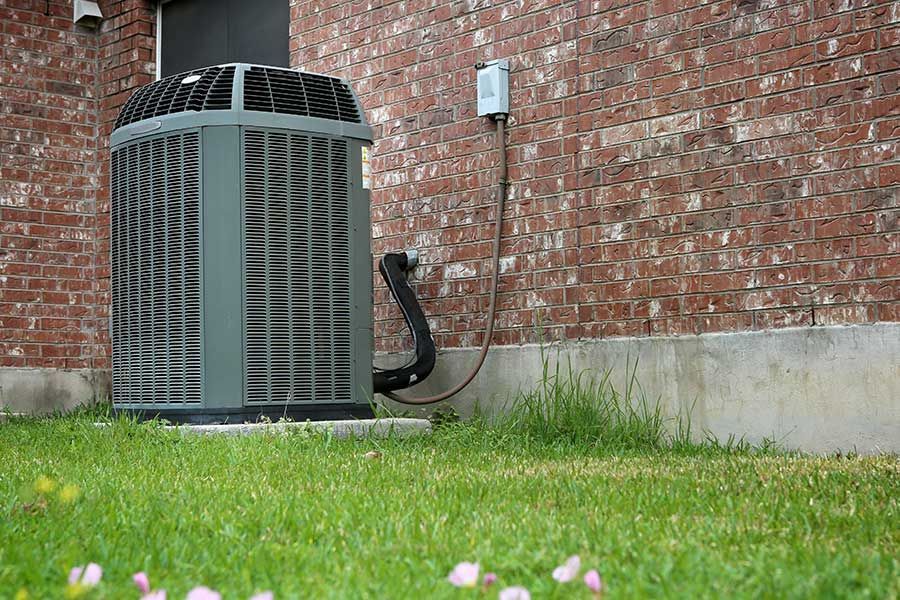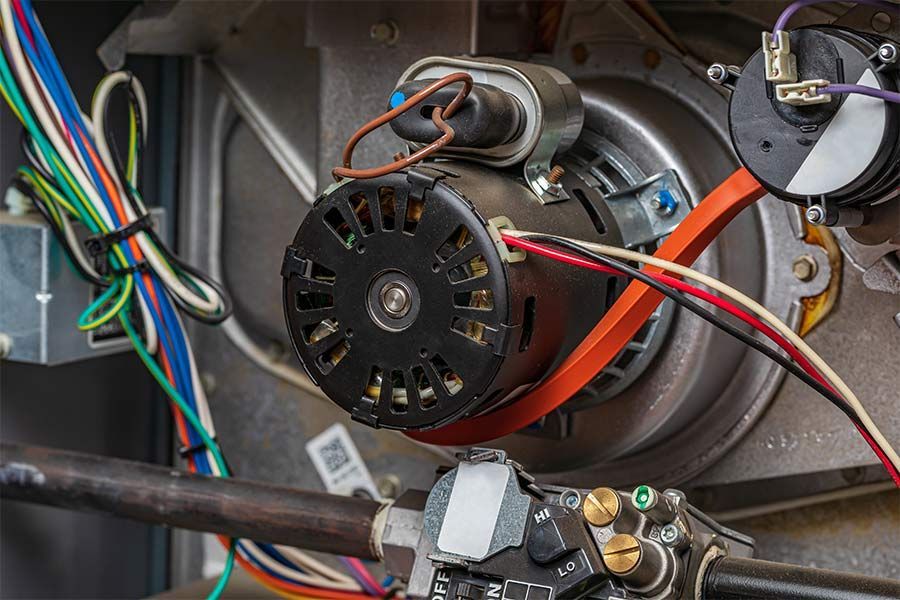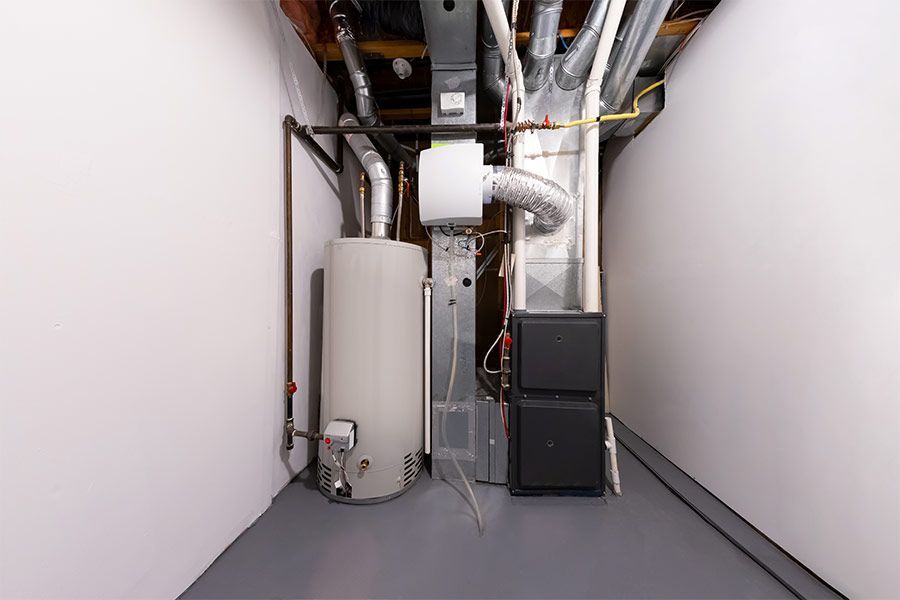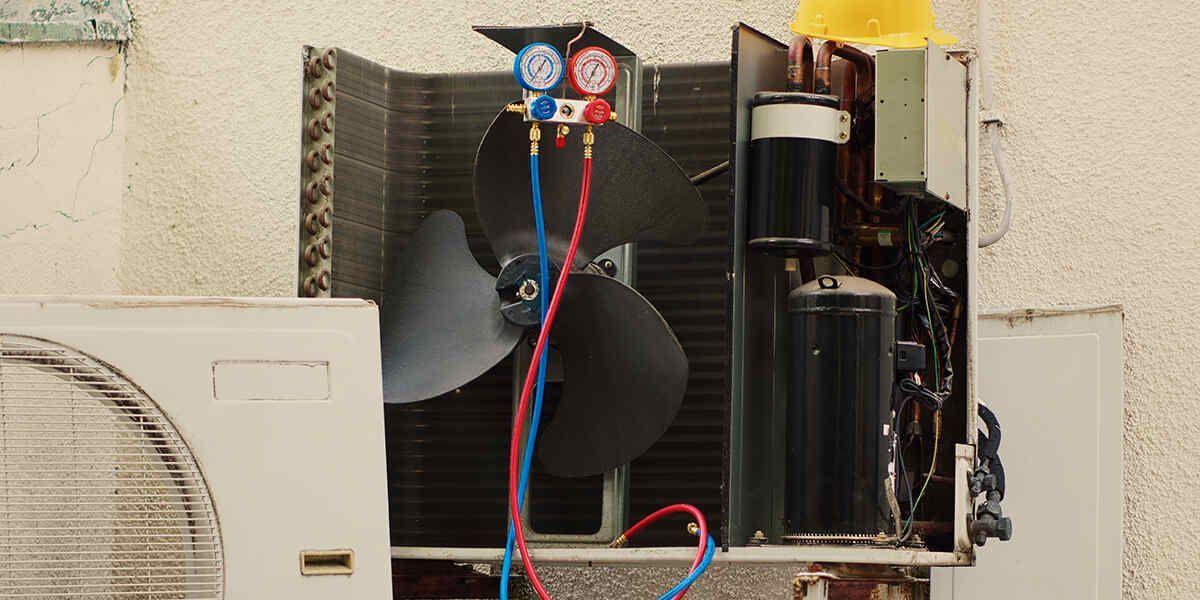Servicing Sebastian, fort pierce, Port Saint Lucie and Surrounding Areas
What Causes Furnace Ignitor Failure?
Are you experiencing issues with your HVAC system? Contact Bates Air & Heat LLC for long-lasting solutions.
Your furnace is your home’s most important system when the temperature plummets and you need to stay comfortable. The ignitor is often to blame when the heater doesn’t stay on to get your house to your desired temperature. What causes furnace ignitor failure?
This guide explains all the reasons behind a furnace not igniting and what you can do to avoid this problem. If you find yourself needing reliable HVAC services in Vero Beach for a faulty furnace ignitor, turn to the experts at Bates Air & Heat LLC.
Troubleshooting Common Furnace Issues
Before we dive into the warning signs of a faulty furnace ignitor, it’s important to understand some common problems homeowners face with their heaters. A lack of heat in your home may make you question whether your ignitor is broken, but experts recommend checking the following components first:
- Thermostat: Your home might not reach your desired temperature if the thermostat settings change without you knowing. Ensure your thermostat is set to heat, then select the temperature you want.
- Air filter: A clogged air filter can restrict airflow from your furnace. Replace the filter routinely to avoid this issue and keep your HVAC system working properly.
- Circuit breaker: Your furnace may fail to turn on because of a tripped circuit breaker. Open your electrical panel and check whether the breaker that powers the furnace is switched off. Turn it back on and keep an eye out for future problems with tripped breakers.
If you take care of all these tasks and your furnace still won’t heat your home, it’s time to call an expert. There could be a mechanical issue preventing the system from producing heat, such as a faulty furnace ignitor.
What Causes Furnace Ignitor Failure?
Maintaining your furnace is crucial if you want it to work properly during cold stretches. Industry professionals recommend scheduling routine maintenance appointments where they check internal components like the heat exchanger, combustion chamber, blower, and more. This helps keep your system running efficiently to avoid the need for a premature furnace replacement.
Between tune-up services, you may experience any of the following issues. Contact a trustworthy HVAC contractor to inspect your system and explain what causes furnace ignitor failure. They can restore function to your furnace and help you avoid future heating problems.
Strong Drafts
Your furnace requires an ignitor to supply a steady flow of gas or electricity to your pilot light, which helps the system produce heat. The ignitor may work fine, but the pilot light can’t stay lit because of strong drafts. This is possible from high winds that enter either your basement or attic or a malfunctioning draft motor in the furnace.
The draft motor promotes air circulation through your chimney or vent. It can wear over time and will produce a muffled humming noise and odors of burning fumes when it goes bad.
Broken Flame Sensor
A malfunctioning flame sensor can cause major problems with your furnace. In addition to ignitor failure, a broken flame sensor can lead to the system overheating, creating significant damage that may call for replacement. The flame sensor’s main purpose is to signal to the heater when it should stop releasing fuel and producing heat.
A faulty sensor can’t tell when to stop producing heat, which may cause the system to overheat. As a result, the furnace ignitor could burn out and require replacement.
Electrical Surges
Many homeowners who ask, “What causes furnace ignitor failure?” expect to hear about mechanical problems with the heater. However, power surges are one of the biggest reasons furnace ignitors quit working. The system will short circuit if too many volts of electricity shoot through it at once.
Most residential furnaces can handle between 110 and 125 volts at a time. A surge of electricity can overload the furnace and cause serious damage to its components. The best way to safeguard your furnace is by installing an electrical transformer to regulate the electrical supply.
Natural Wear and Tear
It’s normal for your furnace’s key components to slowly break down over time. During the 15-to-20-year lifespan of a furnace, the ignitor will face wear and tear that will eventually cause it to fail altogether. This breakdown may occur sooner, depending on how frequently you run your furnace.
How To Fix Furnace Ignitor Problems
Knowing what causes furnace ignitor failure can help you find a long-lasting solution. For example, if you experience frequent power surges, your furnace will have trouble handling the impact of the electricity. An HVAC technician may recommend repairing damaged parts of the system as well as having your electric company install a transformer to protect your home from power surges.
Other issues, like a broken flame sensor and draft motor, will require repairs. Technicians will need to assess the condition of these parts and order replacements if necessary. They will also recommend keeping up with regular HVAC maintenance to keep all the mechanical components working properly.
Finally, if your furnace ignitor won’t work because of its age and natural wear and tear, the wise choice is to replace your unit. Furnace installation may be the more cost-effective option, depending on the total repair costs your system needs. You can start over with a newer, more efficient model that has a manufacturer’s warranty.
Contact Local HVAC Experts for Professional Furnace Repair Services
Now that you know what causes furnace ignitor failure, you can easily pinpoint the problem and have an expert perform repairs. Whether you want to restore a faulty ignitor or learn how to reset furnace control boards, the skilled technicians at Bates Air & Heat LLC can help. We proudly treat all HVAC systems for homeowners throughout southeastern Florida.
Don’t let a faulty furnace impact your comfort. Call our specialists at
(772) 837-5854 to answer your questions, learn more about the services we offer, and request immediate service in your home.
Bates Air and Heat is a professional HVAC company that offers full heating, cooling, and ventilation services. We proudly serve Vero Beach, Sebastian, Fellsmere, Gifford, Orchid Island, Indian River Shores, Johns Island, Lakewood Park, Fort Pierce, and Grant/Valkaria, as well as St. Lucie County.
CONTACT INFORMATION
Bates Air & Heat LLC
Phone: 772-837-5109
Mon-Fri 8:00am - 8:00pm
Sat 8:00am - 12:00pm
All Rights Reserved | Bates Air & Heat LLC Cookie Policy | Privacy Policy | Terms of Service | Sitemap
